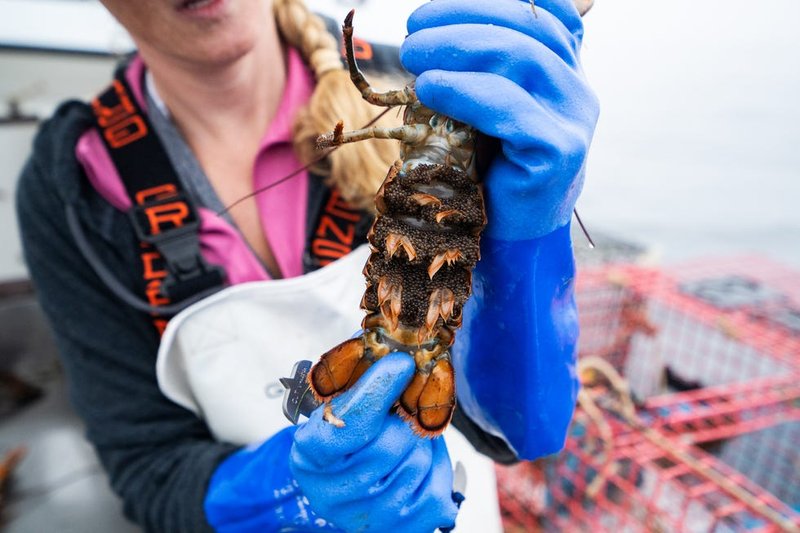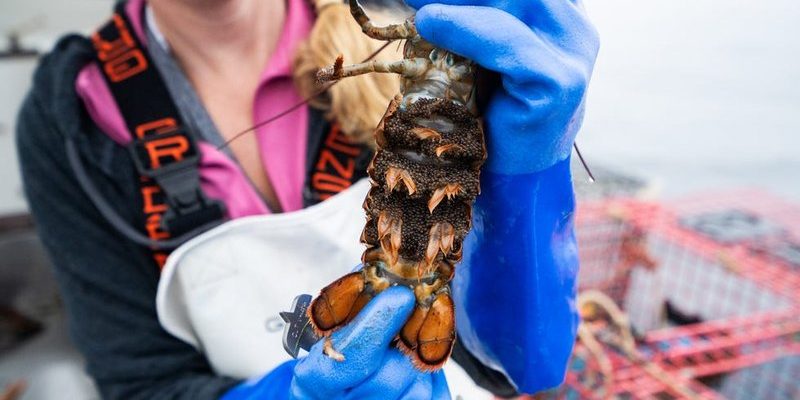
Lobsters, like many creatures, are sensitive to their environment. They thrive in certain temperatures, salinities, and food availability. So, as climate change warms our oceans and alters these conditions, it’s almost like throwing a wrench into a well-oiled machine. Let’s dive into how climate change is affecting lobsters and what it means for the future of seafood.
Temperature Changes and Lobster Habitats
One of the biggest impacts of climate change is the rise in ocean temperatures. Just as we prefer a nice, moderate temperature for our homes, lobsters have their own “ideal” temperature range. Typically, they thrive in waters that hover around 60 to 70 degrees Fahrenheit. However, as climate change warms the oceans, these temperatures are shifting.
You might be wondering, what happens when lobsters are exposed to warmer waters? Well, high temperatures can stress them out, making it harder for them to survive and reproduce. It’s kind of like trying to run a marathon on a scorching summer day—it’s tough! Lobsters may also migrate to cooler waters, which can alter the fishing grounds drastically.
Impact on Lobster Life Cycle
Lobsters go through various stages in their life cycle, from larvae to adult. Each stage has different needs and vulnerabilities. Warmer waters can lead to changes in the timing of when lobsters spawn. For instance, if the water warms up too quickly, it might cause them to spawn earlier or later than usual, disrupting their life cycles.
Interestingly, the larvae stage is particularly sensitive to temperature changes. When the waters are too warm, the larvae can struggle to survive. This can lead to fewer lobsters reaching maturity, impacting the population size. Imagine a garden where flowers bloom too early; if they’re not ready for the season, they may not grow properly.
Acidification of Ocean Waters
Another issue tied to climate change is ocean acidification. This might sound complex, but it’s pretty straightforward. As the levels of carbon dioxide increase in the atmosphere, some of that CO2 gets absorbed by the ocean, turning the water more acidic. This acidity affects many marine life forms, including lobsters.
Lobsters, like many shellfish, rely on calcium carbonate to form their shells. When the water is more acidic, it becomes harder for them to build and maintain strong shells. Just picture trying to build a sandcastle with wet sand—it crumbles easily, right? A weaker shell means lobsters are more vulnerable to predators and may struggle during molting, which is when they shed their old shell.
Food Availability and Nutrient Sources
The changing climate also affects the availability of food for lobsters. As ocean temperatures rise, different microbial communities and plankton populations shift, which can have a cascading effect on the entire food web. This means that the tiny organisms that lobsters eat might not be as abundant or nutritious as they used to be.
In colder waters, lobsters feast on a variety of organisms, but as their environment changes, they may face food shortages. Think of it like a buffet that suddenly runs out of your favorite dishes. When lobsters can’t find enough food, their growth and reproduction can take a hit.
Shifts in Lobster Fisheries
The impact of climate change on lobster populations doesn’t just affect the lobsters; it also affects the fishermen and communities that rely on them. As lobsters migrate to cooler waters, the fishing grounds can shift, forcing fishermen to adapt to new areas. This not only increases their operational costs but also challenges their ability to manage the catch sustainably.
For example, areas that once had abundant lobster populations may see declines, while new regions may become hotspots. This can cause tension among fishing communities as they compete for resources. The economic impact can ripple through local economies that depend on seafood, affecting jobs and livelihood.
Adapting to Change: What Can Be Done?
Given the challenges lobsters face from climate change, it’s crucial to think about solutions. Sustainable fishing practices can help maintain lobster populations. For instance, implementing catch limits and protecting juvenile lobsters can ensure they have a chance to grow and reproduce.
Additionally, supporting clean energy initiatives and reducing carbon emissions can help slow climate change. It’s like taking care of the planet for future generations of seafood lovers. Community awareness and action play a big role in making these changes possible.
The Future of Lobsters and Our Oceans
The future of lobsters is intertwined with the health of our oceans. As we move forward, it’s essential to keep an eye on how climate change continues to shape their habitats and life cycles. By understanding these changes, we can make more informed choices, whether it’s about what seafood to enjoy or how to support conservation efforts.
In a way, protecting lobsters is a reflection of protecting our environment. They are more than just a delicious meal; they serve as indicators of ocean health. So, the next time you enjoy a lobster roll, remember the bigger picture and consider how climate change is affecting these amazing creatures.
The impact of climate change on lobsters is a complex issue, but it’s one that we can’t afford to ignore. By becoming more aware and taking action, we can help ensure that future generations can enjoy lobsters just as we do today.

